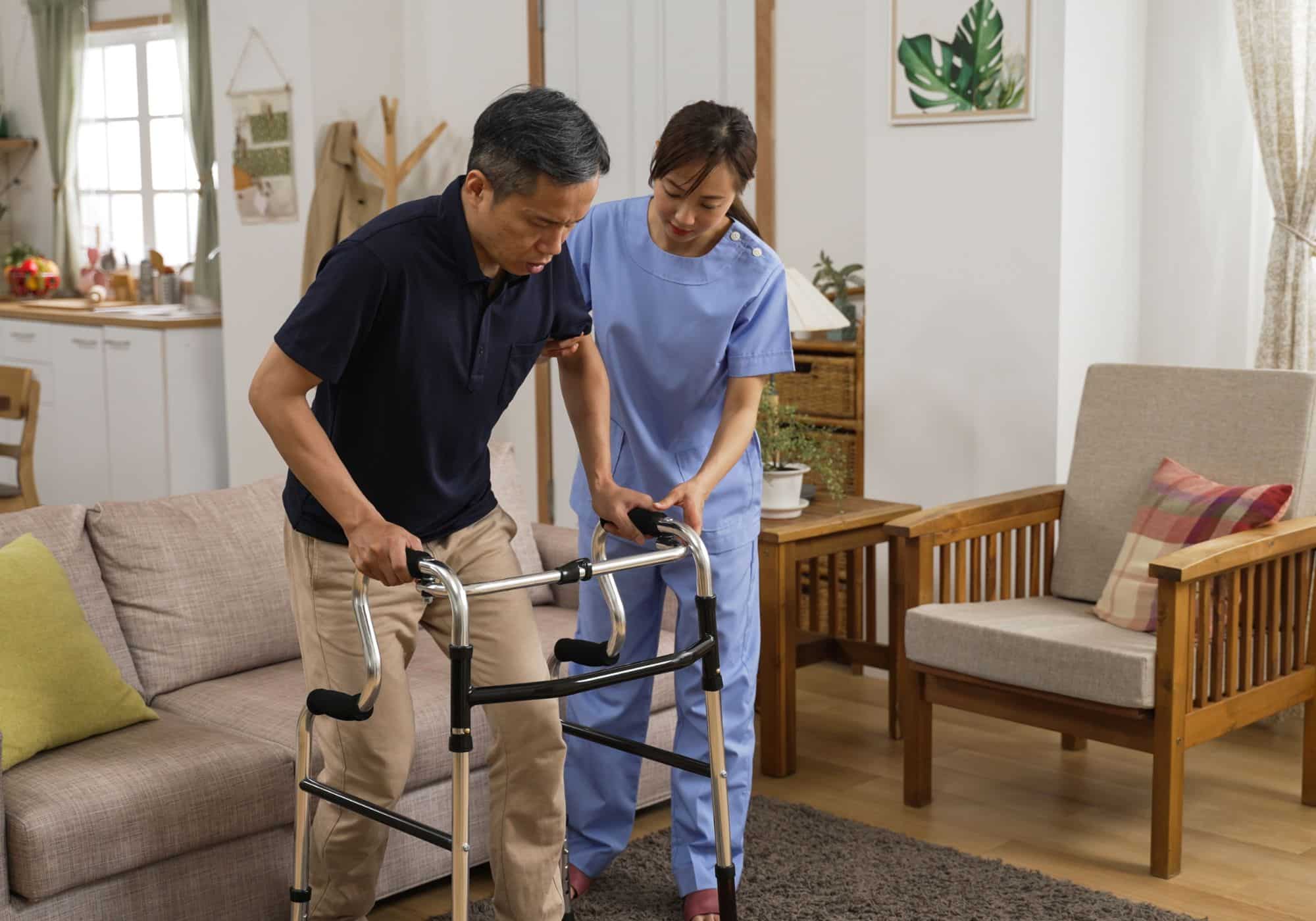Resources > What Causes Spasticity After Stroke or Brain Injury?
What Causes Spasticity After Stroke or Brain Injury?
Spasticity happens when the brain or spinal cord is injured and can no longer properly control the muscles. The loss of control leads to tight, stiff, or overactive muscles both at rest and during movement.
This is common in multiple sclerosis, cerebral palsy, and can happen after stroke, brain injury, and spinal cord injury. Spasticity can affect walking, arm use, hygiene, comfort, and psychological well-being.
This is common in conditions like multiple sclerosis and cerebral palsy, and it can develop after a stroke, brain injury, or spinal cord injury. Spasticity can make everyday tasks more difficult, affecting walking, arm use, hygiene, comfort, and even emotional well-being.
The Simple Explanation
Our brain normally sends a balanced mix of “go” and “calm down” signals to your muscles. After a stroke or brain injury, the “calm down” signals become weaker. As a result, your muscles may overreact and tighten up when they shouldn’t.
This happens because the pathways your body uses to respond to stretch and movement become disrupted.
Want to Understand It Better?
Understanding Spasticity: A Simple Guide for Patients and Families
Is Spasticity Just Muscle Tightness? Understanding the Difference Between Spasticity, Stiffness, and Weakness
These explain the causes, effects, and treatment options in a patient-friendly, step-by-step way.
Why It Matters
Spasticity is treatable, but treatment depends on why it’s happening and how it affects your goals.
Explore the options we offer on our Services page.

